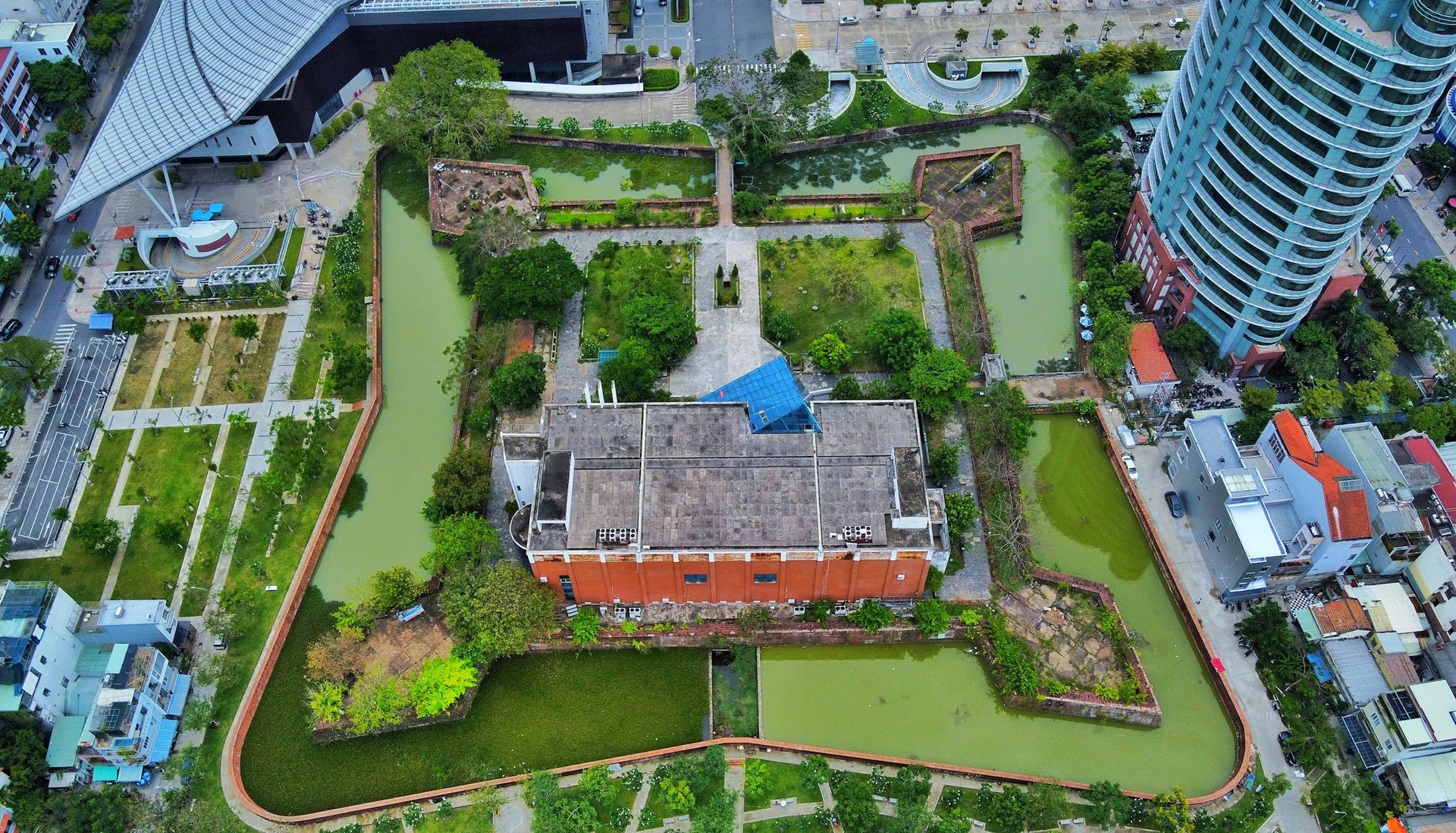
A few things about the old "Western street"...
Right after King Dong Khanh and Thanh Thai signed the land concession edicts, allowing France to use Da Nang as the "nucleus" to expand its power in Central Vietnam, the French wanted Da Nang to be a "miniature Paris", following the European standard urban design: taking the Quai Courbet axis (now Bach Dang) as the backbone, the Garnier (Le Loi) and Pourpe (Phan Chau Trinh) lines divided perpendicularly, creating a wide, straight street network.
At that time, the residential area north of Han market was reserved for French agencies, French and European-American expatriates (called the Western Quarter by our people), and the south of Han market was a residential area for Vietnamese people called our street. One side had splendid Western houses with beautiful and modern architecture, the other side had thatched houses, dotted with a few tiled houses of Vietnamese officials and merchants.
I once talked to a civil engineer in Da Nang during the French colonial period. He studied at the Hue Industrial Engineering School and was then assigned to Da Nang to plan streets, sewer systems, urban trees, etc.
Anyone who was amazed by the chapter “Paris Sewers” in “Les Miserables” would be interested to hear the old engineer say: The French built the “Tourane sewer” system with the most advanced technology at that time, with a slope facing the Han River, which was a testament to the most modern infrastructure technology in Indochina at that time, helping to drain floods and quickly solve the problem of flooding for this city forever after.
The most recognizable features of Da Nang city during the French colonial period were wide roads, large sidewalks, and uniformly planted trees. Rows of acacia, black star, cypress, tamarind, purple muong... on Quang Trung, Le Duan, Tran Phu, and Phan Chau Trinh streets still exist today thanks to the research of "a lot of sun, fierce storms, and a lot of rain".
The rows of longan and kiền kiền trees on the old Quang Nam street or the rows of poplar trees along My Khe beach... are the "lungs", creating the soul of a modern city hidden behind lush green forests. In the 90s of the last century, everyone could clearly see the presence of "Western quarters" and urban green trees on Quang Trung, Le Duan, Tran Phu, Bach Dang streets... now seem to be only in the past.
The French closely supervised the architecture in the city center: houses could not exceed 5 floors, paint color, first floor height, and facade details were all specifically regulated. Thanks to that, French villas in Da Nang have 40cm thick walls, 2 layers of glass and wood inside and outside, good waterproofing, cool in summer, warm in winter, so many people secretly wished to "eat Chinese food, live in a Western house".
Although over a hundred years old, the Western villas still retain their own unique appearance, in harmony with the street space, and are the highlight of modern Da Nang.
According to a survey by Associate Professor, Dr. Architect Pham Dinh Viet, Da Nang currently has about 22 French villas that are considered valuable for preservation. Most of them are used as houses, offices or cafes, but many of them have deteriorated and become deformed due to lack of appropriate exploitation planning.
By 1945, Da Nang had nearly 50 streets named after politicians, French generals or people who had contributed to France. The street signs were cast in concrete, with embossed patterns, placed at an angle for easy observation from many directions - the remaining characteristic vestige is the sign to the Cham Museum right next to the current Novotel building.
However, the “old soul” of Da Nang is not only in the streets and trees, but also exists through the ancient villas: Along Bach Dang, Tran Phu, Hoang Dieu, Le Loi, Ly Tu Trong streets, Western houses with Romantic architecture are still proud in the middle of the bustling streets; still have red tiled roofs, large wooden doors, wide porches, gardens with fruit trees...
.jpeg)
“Old soul” in the billion-dollar Dien Hai Square…
It should be remembered that, when turning Da Nang into a "miniature Paris", the French not only laid the foundation for rule but also aimed to create a bustling administrative and commercial center, the first prerequisite being roads and technical infrastructure.
The connection of the Da Nang City Hall relic (now Da Nang Museum) with the space of the old "Western Quarter", connecting with the special National Monument of Dien Hai Citadel - the place marking the heroic resistance against the French of the Da Nang army and people in the 19th century makes the "old soul" even more sacred!
The restoration of Dien Hai citadel area and planning of it into a large-scale cultural square is considered a decision to "awaken the city's memory".
Dien Hai Citadel and Da Nang General Museum together with the remaining Western villas in this area will be a shopping center, a place to visit and an interesting experience for tourists coming to Da Nang.
The intention to plan the Dien Hai citadel area into a cultural and historical square shows the determination to preserve heritage and turn it into an asset for sustainable tourism and service development of the city.
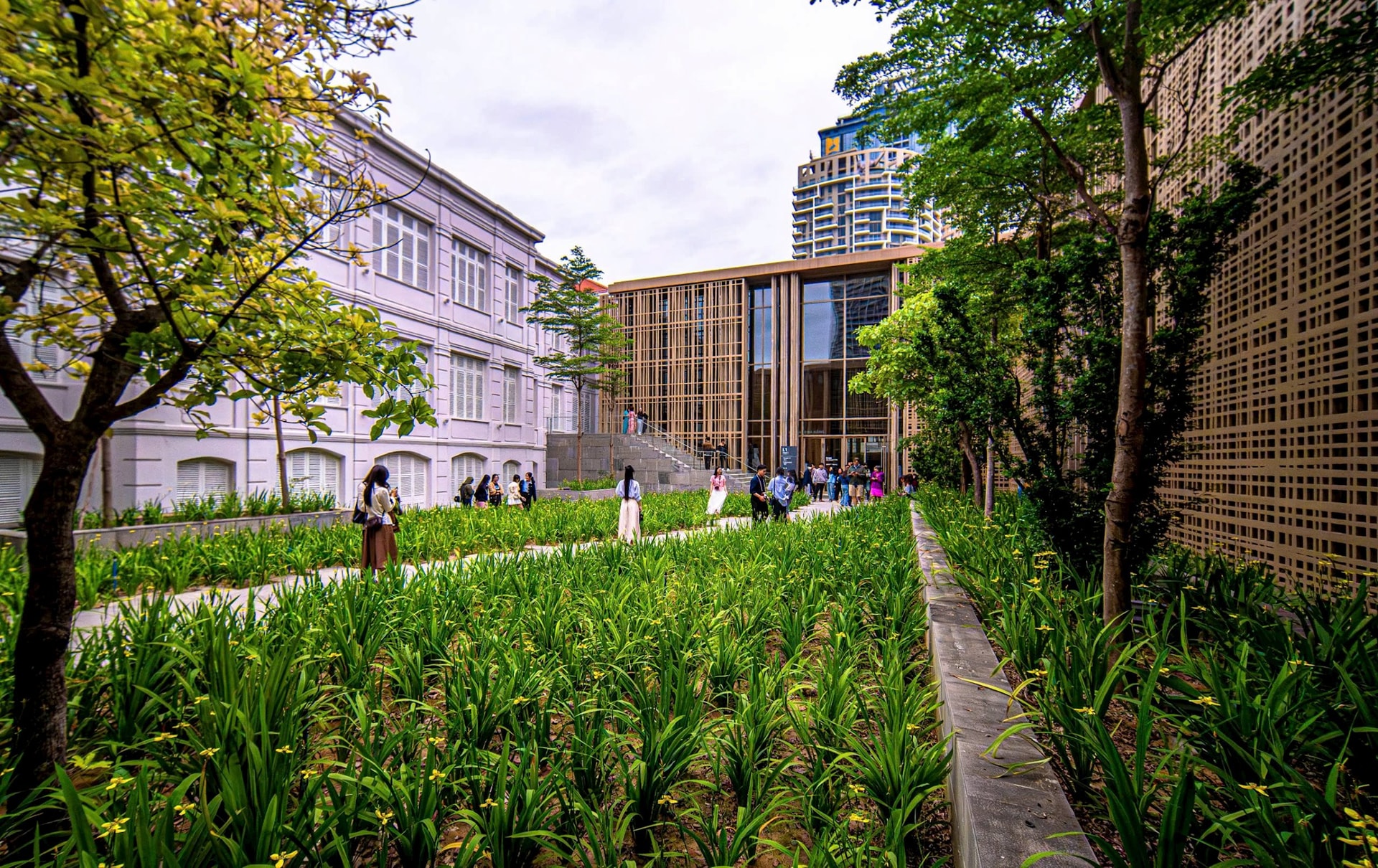
This will be a new space on the old heritage site, an ideal stopover, telling stories to locals and tourists about a majestic Da Nang, about the "Western street" in the heart of the coastal city, a "living heritage chain".
From Thanh Dien Hai Square, visitors can stroll through Da Nang Museum, admire French villas along Tran Phu Street, enjoy coffee in the ancient Western architectural space, then walk along Quai Courbet - Bach Dang along the Han River to shop at Han Market, visit the Champa Fine Arts Museum; feel the East - West, past - present exchange still lingering on every tree root, step, old window, old road sign...
In my opinion, when Dien Hai Citadel Square becomes a reality, it needs to have a clear planning and sanctions to protect the French villa heritage group. The villas can become boutique hotels, cafes, private museums or creative spaces.
On both sides of the path, along the alleys and lanes around this place are rows of tropical flower trees with architectural forms and garden landscapes; it is necessary to maintain urban green tree planning, limit mass felling and gradually replace and plant new suitable tree species (black star, acacia, purple muong, tamarind...) as the French did.
Preservation is not just about keeping it intact, but also about skillfully turning heritage into a destination and community space, so that people are proud and tourists have more reasons to stay longer...
Source: https://baodanang.vn/hon-xua-pho-cu-3298611.html


![[Photo] Prime Minister Pham Minh Chinh meets with representatives of outstanding teachers](https://vphoto.vietnam.vn/thumb/1200x675/vietnam/resource/IMAGE/2025/11/15/1763215934276_dsc-0578-jpg.webp)
![[Photo] Panorama of the 2025 Community Action Awards Final Round](https://vphoto.vietnam.vn/thumb/1200x675/vietnam/resource/IMAGE/2025/11/15/1763206932975_chi-7868-jpg.webp)



![[Photo] General Secretary To Lam receives Vice President of Luxshare-ICT Group (China)](https://vphoto.vietnam.vn/thumb/1200x675/vietnam/resource/IMAGE/2025/11/15/1763211137119_a1-bnd-7809-8939-jpg.webp)
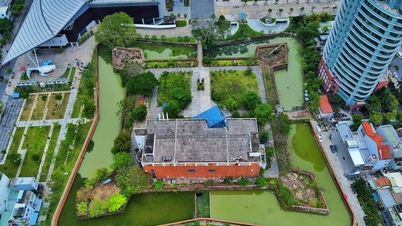




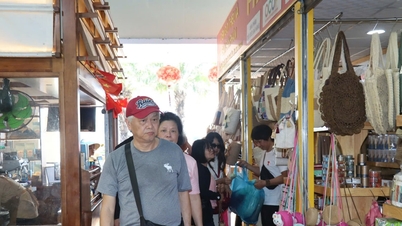



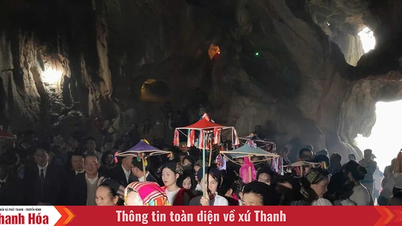

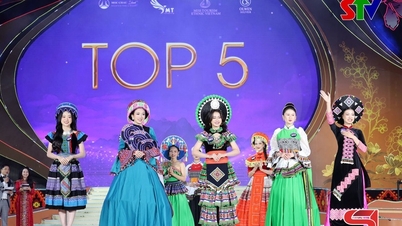

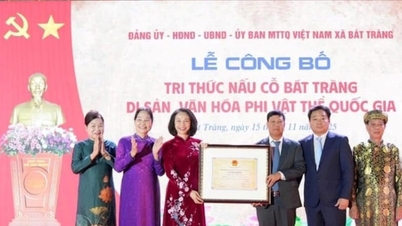

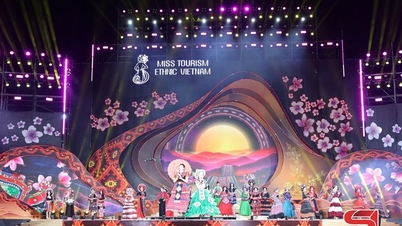
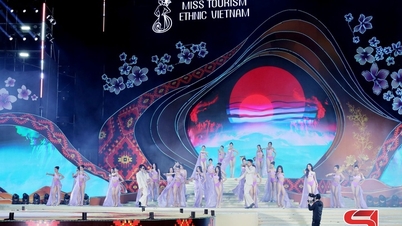
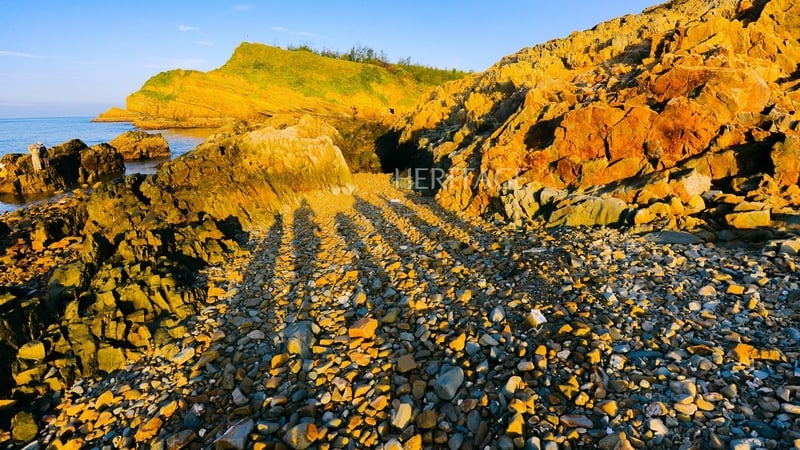


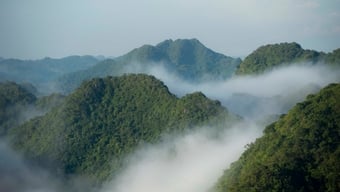

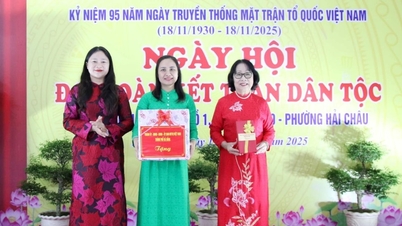

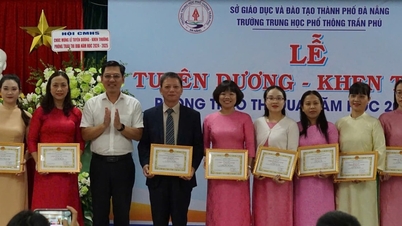

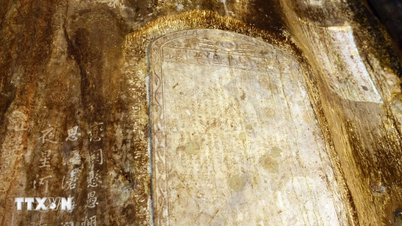

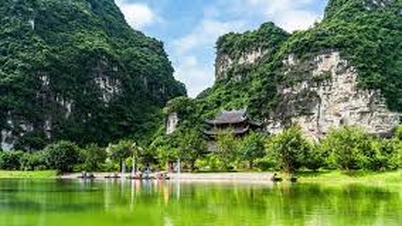

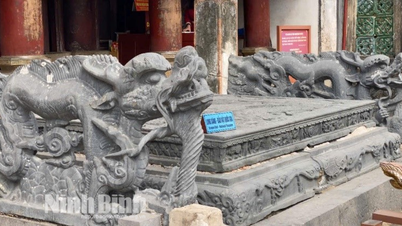
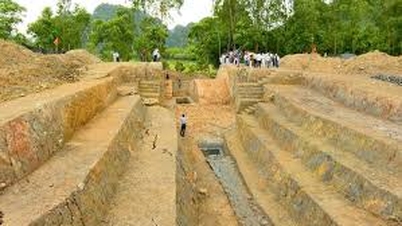

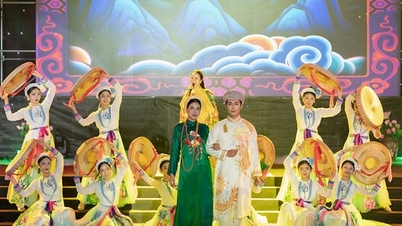






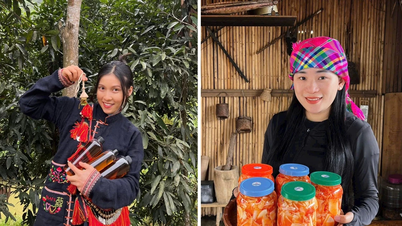





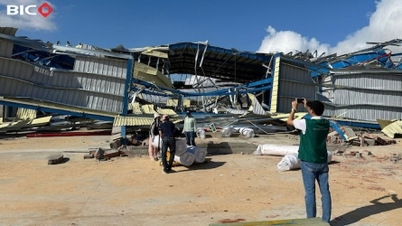
















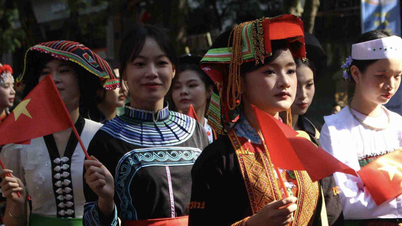









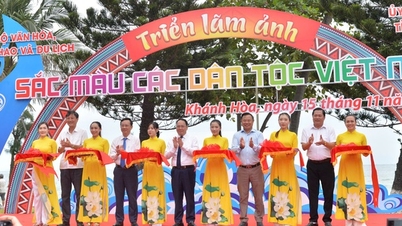




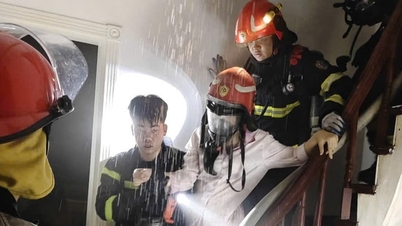







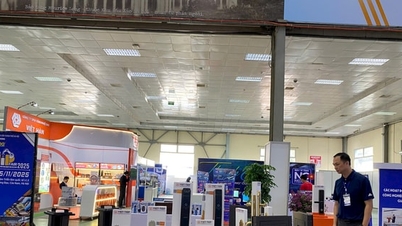










Comment (0)